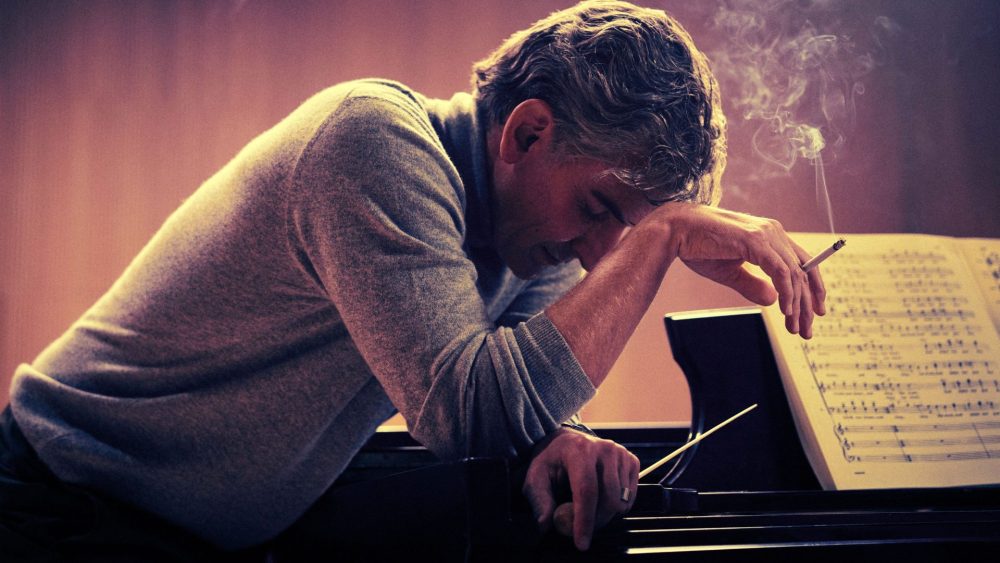How Movie Sound Pros Found the Right Mix for Their CAS Nominated Work
Sound doesn’t get a lot of high-profile recognition during movie awards season, outside of a single category at the Oscars. That’s why the 60th Cinema Audio Society Awards – which will be held on March 2 at the Beverly Hilton – are such an important date on the entertainment industry calendar.
The awards honor the work of sound teams across eight categories — from live action and animated movies to one-hour and half-hour TV series — that has them navigating complex technical challenges, while applying sonic shadings and narrative arcs that are often virtually undetectable to audiences.
Nominated re-recording sound mixers Tom Ozanich and Dean A. Zupancic wanted to draw subtle sonic distinctions between the different eras depicted in director Bradley Cooper’s feature “Maestro,” which spans more than four decades in the lives of Leonard Bernstein (Cooper) and his wife Felicia (Carey Mulligan). For the early years of their romance in the 1940s and 1950s, shot in black and white with a 4:3 aspect ratio (the latter of which is also used in color scenes), Ozanich says they initially considered employing vintage film audio technologies to match, like transferring the tracks to optical sound on film and back again. In the end, they subtly emulated the narrower sound fields of old films with modern technology. But even in the black-and-white scenes, whenever orchestral music is heard (performed by the London Symphony Orchestra conducted by Yannick Nézet-Séguin), it is presented in full, immersive surround.
For ADR mixer Bobby Johanson, who works with directors to re-record or “loop” dialog and add background voices, his goals tend to less esoteric, like making it easy for the re-recording mixer.
“I use my ears to match the production tracks, the mic placement and the different microphones, so when we hand this stuff over to them, they don’t have to work that hard to drop it in,” says Johanson, who’s competing against himself in the live-action motion picture award (“Barbie” and “Maestro”) and nominated in two additional categories, motion picture documentary (“32 Sounds”) and non-theatrical motion picture or limited series (“All the Light We Cannot See”).
On “Oppenheimer,” nominated production sound mixer Willie Burton also tried to keep the workload light for colleagues down the pipeline, but for a different reason: director Christopher Nolan likes to do as little ADR and foley as possible, preferring to have sounds captured organically on set. It’s not unusual for him to do “sound only” takes, especially when filming shots with IMAX cameras, which are noisier than standard 35mm cameras.
“We’ll walk through the scene just like they did them on camera, the timing and everything,” explains Burton. “Now, we can’t do that for one to three pages of dialog, but if it’s maybe half a dozen lines or less, we’ll record it, and he’ll put it in later, so he doesn’t have to do ADR.”
With animated motion picture nominee “Spider-Man: Across the Spider-Verse,” it was a given that virtually everything would be created from scratch in the studio. Although the film is hyperactive and hyper-stylized, re-recording mixer Michael Semanick says he endeavored to make the soundscape “powerful and fun, but not assaultive,” even in the loudest moments, such as the opening montage that intercuts a drum solo by Gwen Stacy (Hailee Steinfeld) with her voiceover setting up the story.
“We went round and round about how loud to make the drums and her voiceover, and it was talked about that maybe we should redo her voiceover, because she’s not really projecting,” says Semanick. “Then I thought, she’s this depressed teenager, right? It really sets up that she’s alone, she’s lost. It’s perfect the way it is.”

